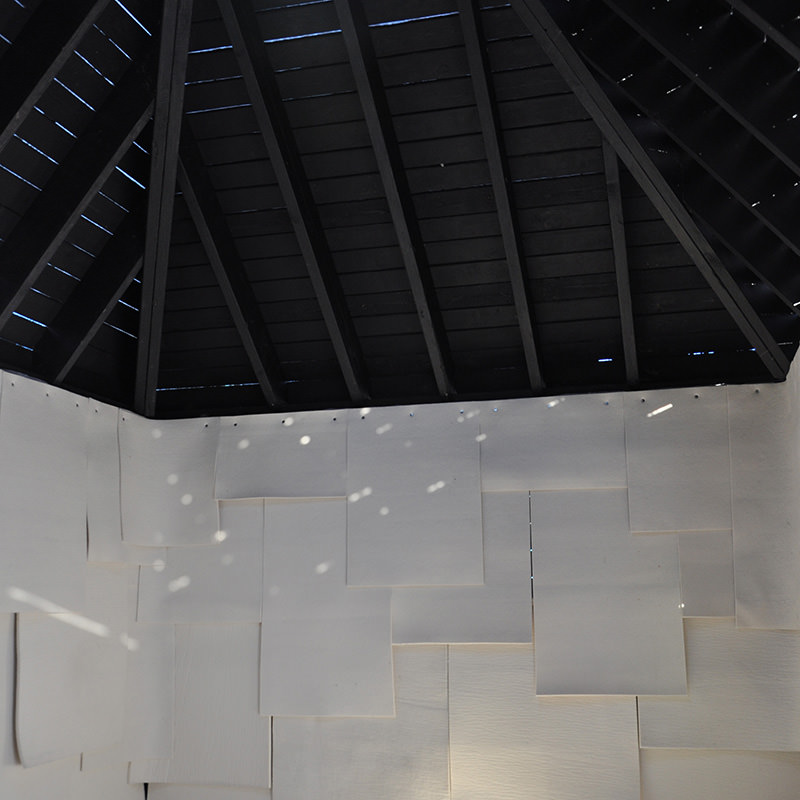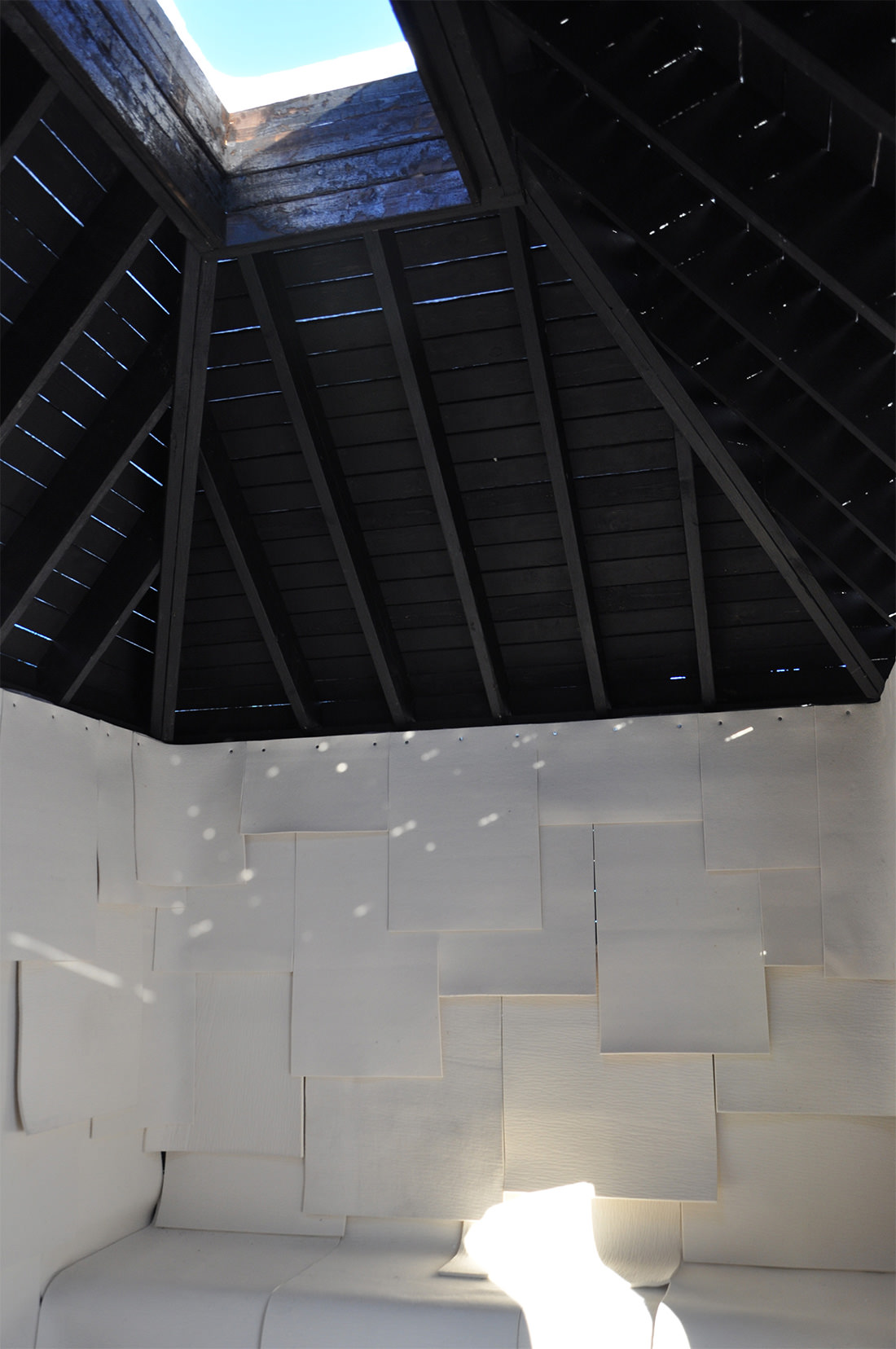
Slow Space: What Makes a Good Building?
A good building goes beyond satisfying the basic need of shelter by inspiring our primal senses and connecting us with our surroundings. It is an instrument by which we can experience beauty and the inherent qualities of nature as we connect with our environment.
At its best, a good building achieves Slow Space, a carefully crafted physical space that creates the right atmosphere and conditions for slowing time and fostering deep, meaningful experiences.
The clock may not literally beat slower, but our experience of the place will be as if it had. At Aamodt / Plumb we strive to create good buildings, which we define as empathetic, experiential, beautiful, and connected to nature.
Slow Space is a carefully crafted physical space that creates the right conditions for slowing down.
Empathy
Empathy is a deep understanding of another person’s emotions and needs. It allows us to put ourselves in someone else’s shoes. This human-centered design approach focuses on people first to highlight equity, social values, and empowering the community. Empathy is how we understand the world around us, including our physical environment.
Beauty
Beauty can evoke joy, inspiration, awe, a connection to something spiritual, or even consolation in our times of sorrow. A good building must be beautiful because beauty evokes a deep emotional response and an ineffable connection to something bigger than ourselves. Architecture should create beauty not just in the occasional monuments and sacred spaces, but also in the everyday moments of the home where we spend most of our time.
The visions of beauty we admire are based on a deep appreciation and close observation of nature.
There are many definitions of beauty and we draw inspiration from sources across the globe. Some definitions of beauty praise order and perfection and others revere the machine as a source of inspiration, but the visions of beauty that we admire are based on a deep appreciation and close observation of nature. This is evident in cultures found in places around the world, ranging from the Nordics, to Japan, to Africa and South America, whose clear respect for nature and its power is reflected in what they create.
Connection To Nature
The ideal conditions for slowing down, reflecting, and engaging our senses exist in nature. Our bodies are part of nature and rely on its clean water, air, and soil to survive. As the Norwegian Architect and theoretician Christian Nordberg-Schulz wrote, “nature implies nearness and empathy; here one lives with and among things, as a participant in a web of phenomena.” Rather than separating us, a good building connects us with nature and allows us to understand our place in the world.
Experience Of Space
The experience of space impacts us in profound and meaningful ways. Our physical environment is an extension of our own bodies, and the sounds, smells, and sights are mapped onto our brains, affecting our wellbeing in subconscious ways. At Aamodt / Plumb we use this phenomenological approach, choosing to focus on the spatial experience, rather than the form of the building as the driving force in design.
We manifest these core ideas of good buildings in a set of eight principles of good design.





